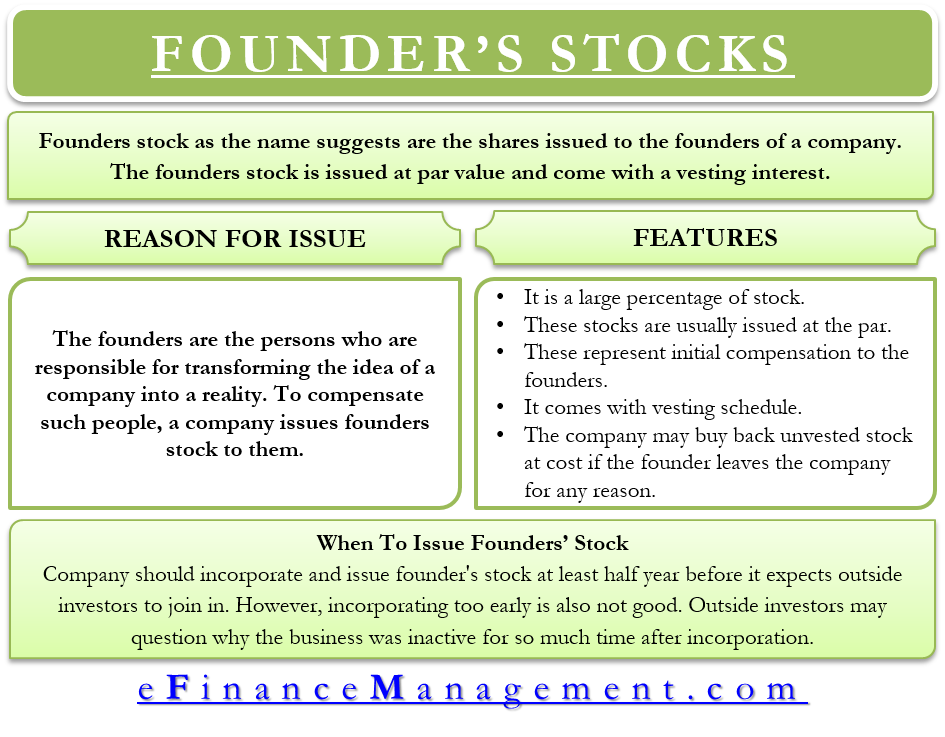

You earn your stock or options over a fixed period of time. While these are slightly different techniques, the effect is the same. In the case of stock, you are issued the entire amount of stock and you technically own all of it but you are subject to a repurchase right on the unvested amount. In the case of options, you are granted a fixed number of options but they only become yours as you vest. If you have any questions or need assistance drafting a share vesting agreement, get in touch with our specialist startup lawyers on 1300 544 755.Vesting works a little differently for stock and options. Share vesting is an increasingly common arrangement which benefits a startup’s co-founders and investors. If you secure funding, your investor may also require you re-vest your shares. Investors view co-founders who only hold a small portion of equity as less incentivised to continue shouldering the stress of growing the business. Later stage investors such as venture capital firms are less likely to invest in a startup if the remaining co-founders only have a small portion of equity remaining. Share vesting is then a risk-mitigation tool. For example, unforeseeable poor health or family reasons. Unsurprisingly, this environment can lead to disputes – some of which may result in the relationship between co-founders breaking down.Ī co-founder may need to leave the startup for other reasons. Juggling an often untested idea with access to limited capital in a dynamic market will often cause friction between co-founders who may have different ideas about how the company should operate. A share vesting agreement can help mitigate risk, protect your startup and demonstrate to investors that you are committed to growing the company. Share vesting is also beneficial for your investors. Having to buy back shares at a fair value can be a costly exercise out of reach for many startups. If there were no share vesting arrangement in place, the company, other co-founders or investors would need to buy back these shares.

Share vesting is also designed to protect the business in the event a co-founder exits while holding a large portion of shares.

This arrangement can potentially cost the co-founder or employee a significant amount of time and money when compared with remaining with the business. If a co-founder or employee leaves, they will only receive the benefit of the shares that have vested, or receive no benefit at all if they leave before they reach the cliff period.

An unvested share is one that you can act on and sell after a period has passed, or an event occurs.Ī typical arrangement is that shares will vest after a period (usually four years). A vested share is one that you can act on and sell. But how does share vesting work and what does its structure suggest to potential investors? What is Share Vesting?Ī startup can either have vested or unvested shares. Startup co-founders typically agree to have their shares vest over a period. Share ownership is important for both co-founders and investors.


 0 kommentar(er)
0 kommentar(er)
